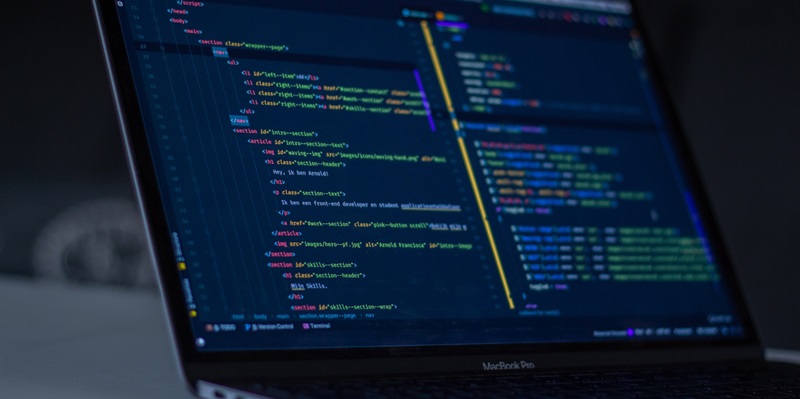The cybersecurity landscape is constantly evolving, and even the most diligent organizations can fall victim to cyberattacks. Recently, Framework, a prominent company, experienced a major security breach when their network was hacked by an attacker utilizing a phishing email. This incident highlights the importance of vigilance in identifying and combating such cyber threats.
Hacking Incident Discovered
On January 11th, 2024, at 8:13 am PST, the discovery of the breach was made by Keating Consulting, Framework’s primary external accounting partner. They detected unauthorized access to the network, with evidence pointing towards a phishing email as the entry point for the attacker. Phishing emails are malicious attempts to trick individuals into providing sensitive information, often by masquerading as a trusted entity.
Employee Trickery and Disclosure of PII
During this breach, a staff member unknowingly fell victim to a phishing email and inadvertently disclosed customer Personally Identifiable Information (PII) related to unpaid Framework purchases. This social engineering tactic exploited the trust placed in the employee and resulted in a breach that had the potential to compromise customer data.
Swift Response to the Breach
Within a remarkable 29 minutes of Keating Consulting’s discovery, Framework’s Head of Finance was alerted to the breach at 8:42 am PST on January 11th, 2024. Realizing the urgency of the situation, prompt action was taken to mitigate further damage.
Communication between Framework and Keating Consulting
Framework’s Head of Finance wasted no time in notifying Keating Consulting about the breach. The company’s leadership was also immediately informed to initiate the necessary steps for mass notification to the affected customers. This transparent communication ensured that all stakeholders were promptly informed about the security incident.
Security Measures Implemented
Understanding the importance of preventing future breaches, Framework swiftly implemented several security measures. As part of their response strategy, the company mandated comprehensive phishing and social engineering training for relevant employees. This training aimed to enhance employees’ ability to effectively identify and neutralize potential threats.
Ongoing Audits and Information Request Procedures
Framework has prioritized the investigation of their information request procedures and the training and procedures of accounting and finance consultants with authorized access to customer information. This ongoing audit not only helps identify any vulnerabilities but also ensures that all security protocols are up to date and consistently followed.
User Awareness and Warnings
To assist users in protecting themselves, Framework issued a warning about potential impersonation or phishing attempts. Information such as names, emails, and balances had been compromised during the breach. The company urged all users to remain vigilant, exercise caution, and reminded them never to share payment information directly via email. Instead, users were instructed to contact Framework Support for verification.
Commitment to Customer Privacy
Throughout this incident, Framework reiterated its commitment to customer privacy. The company acknowledged the impact of the breach and promised to address incidents like this promptly. By placing customer privacy as a top priority, Framework strives to earn back the trust of its valued customers.
The hacking incident faced by Framework serves as a sobering reminder of the ongoing need for heightened cybersecurity measures. Cyberattacks can occur even in the most well-protected organizations, emphasizing the importance of staying informed and proactive in combating potential threats. By swiftly responding to the breach, implementing enhanced security measures, and prioritizing customer privacy, Framework is working diligently to rectify the situation and emerge stronger in the face of evolving cyber threats.

